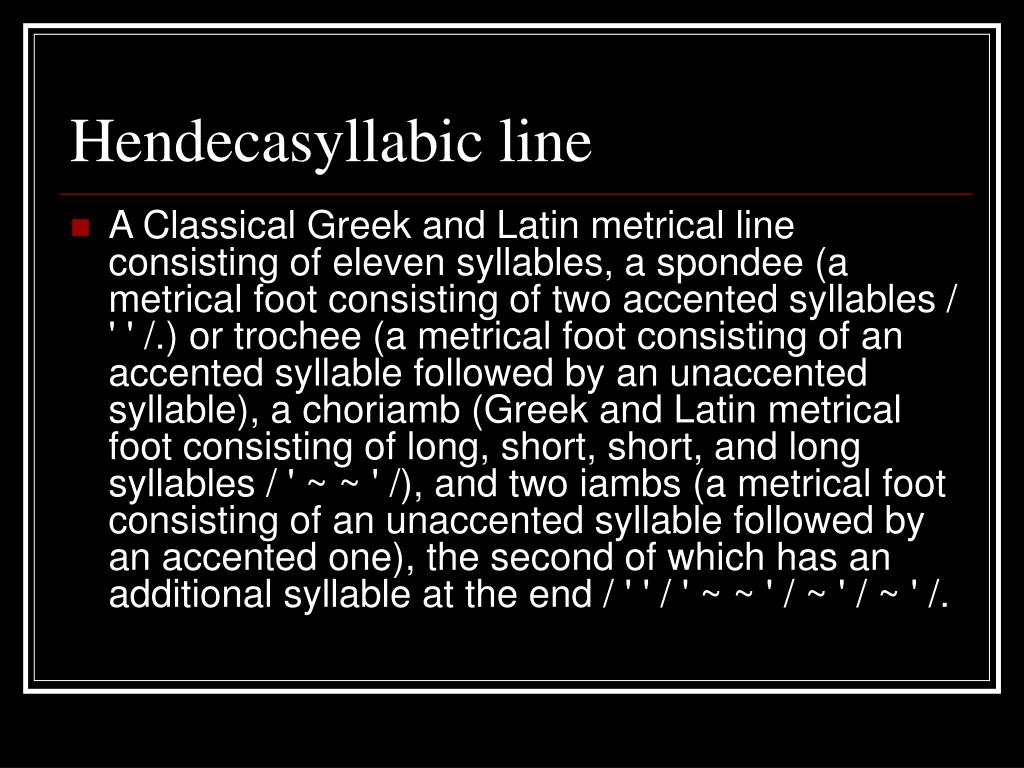

Not all syllables that end in a consonant are long. How did you learn to scan/practice scanning? Are there any apps I should check out apart from the Latin Scansion app? Any 'beginner poets' for scansion? I decided to be ambitious and continue scanning 'Non ego nobilium sedeo.' but I just find it hard to maintain the rhythm, especially when feet go across multiple words. So it goes long long long short short long short long short long long. This is what Orberg says: spondee/dactyl/trochee (long short)/trochee/trochee or spondee. However, the meter just confuses me because it sounds like a tap dance.

I understand that there are 11 syllables and that it is a 'fixed form'. Spondees are not admitted into the second set of 2.5 feet. So you could have dactyl/spondee/LONG, then a pause, then dactyl/dactyl/LONG. This means that the 0.5 foot must be a long syllable. The last foot of a hexameter is often a spondee. Hexameter has 6 feet and is made up of dactyls (long short short) and spondees (long long). I understand three meters so far: Hendecasyllabic, hexameter, and pentameter. I understand that syllables can elide into one another when the next syllable starts with a vowel/h. puella in the ablative singular has a long 'a') I understand that long syllables are those which end in a consonant, or in a long vowels (eg. I understand that short syllables are those which end in short vowels.

I'll just list the things I understand, and those which I do not. Also I think it's really cool that some people can scan through a whole poem mentally and I'd like to get to that stage. I'd like to study this more at home so that I can appreciate poetry better. I'm currently going through scansion for the first time with my teacher and it is just confusing me. In order to get more responses I will write this post in English.


 0 kommentar(er)
0 kommentar(er)
